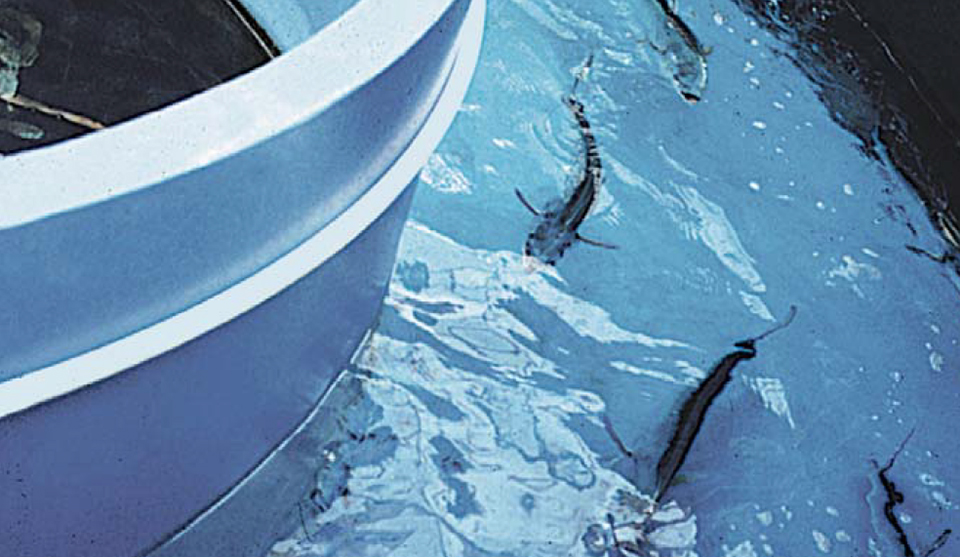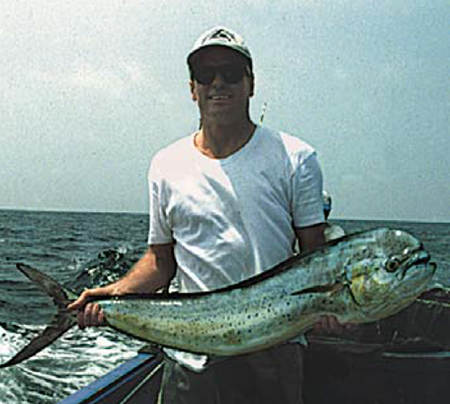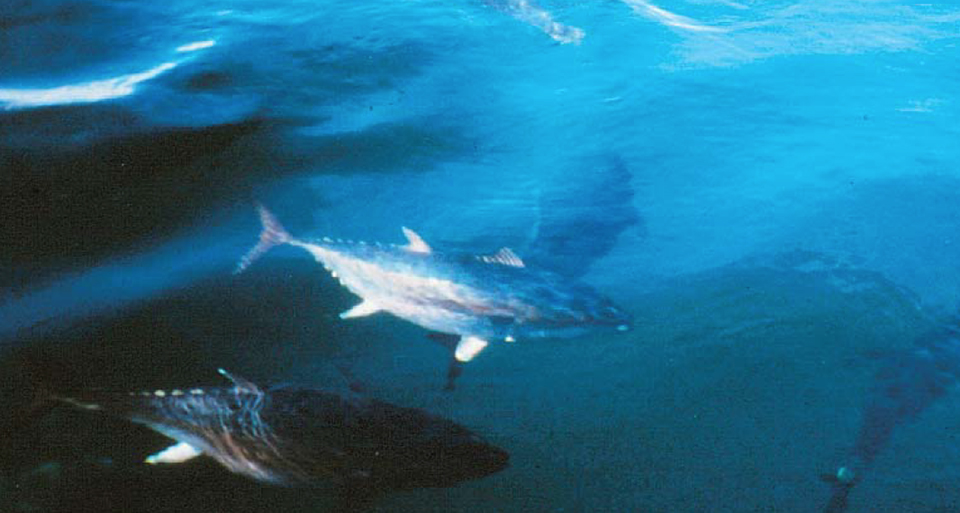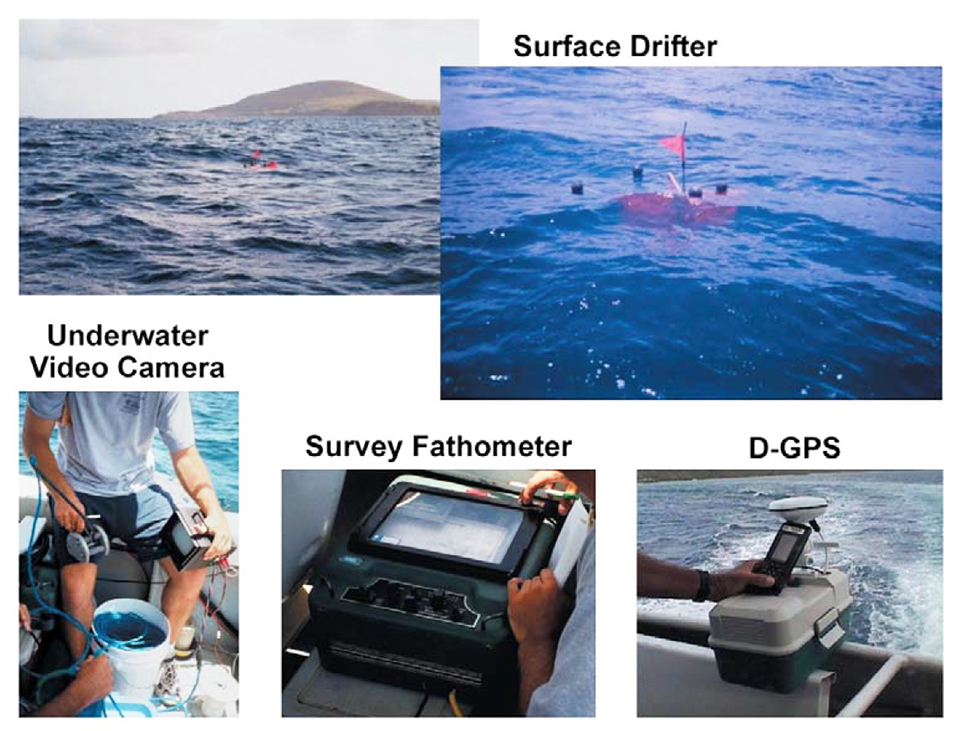Is mahimahi aquaculture feasible?

The mahi mahi, also commonly known as dolphin fish and dorado (Coryphaena hippurus), has long been recognized as a high-value pelagic fish with excellent potential for aquaculture. Indeed, several researchers have demonstrated the technological feasibility of mahi mahi aquaculture since the early 1970s.
Much progress has been made toward the development of reliable methods of producing mahi mahi. Work conducted in Hawaii, Florida, the Bahamas, Barbados, Ecuador, Australia, and Greece led to significant advances in maturation, spawning, larval husbandry, nursery, grow-out, nutrition, diseases, and bioenergetics of mahi mahi.
Economic feasibility remains elusive
Commercial aquaculture development of this species has been slow, though, and reliable systems for its mass culture have only recently become available. Mahi mahi have been raised experimentally and in pilot-scale operations using a variety of methods, including floating net cages, recirculating systems, and flow-through tanks and raceways. However, the economic feasibility of producing mahi mahi has not been realized.
But with recent advances in offshore cage technology, could researchers and investors successfully develop commercial mahi mahi culture?
Candidate for offshore aquaculture
Mahi mahi are tropical and subtropical pelagic predatory fish whose most important biological characteristic is their extremely rapid growth. They support commercial and sport fisheries worldwide, and have considerable potential for aquaculture. Mahi mahi are very popular, high-value food fish that command high prices and demand in the market.
Extraordinary growth rates
In the wild, mahi mahi can reach over 45 kg within a life span of less than 4 years. Dolphin fish exhibit very high growth rates in captivity, as well, reaching 2 kg in six months and 5 kg in 12 months from eggs. Impressive reports of their growth performance include a wild-caught juvenile kept in captivity that grew from less than 1 to nearly 16 kg in one year; growth rates of 4.3 kg (from 0.7 to about 5 kg) in 30 days; and gains in weight of 8 kg and length of 1 meter in less than one year.
Spawning and larviculture
Mahi mahi spawns spontaneously in captivity, producing 100,000 to 200,000 eggs per female every other day year-round. Larval husbandry has been successfully conducted in Hawaii and Florida, USA using traditional protocols (microalgae, rotifers, artemia, copepods), as well as an innovative “clear water-pulse feeding” technique developed at the Oceanic Institute in Hawaii. Survival rates during larval rearing range 1 to 20 percent through metamorphosis.
Nursery
Advanced nursery techniques in Hawaii and Florida utilize raceways with high levels of water exchange, which force the post-larvae and early juveniles to swim constantly against relatively strong water currents.
Diets
Adequate grow-out diets for mahimahi can be dry or semi-moist (10 to 30 percent moisture) containing over 50 percent crude protein, 10 percent crude fat (expressed on a moisture-free basis), and high caloric content (= 5.0 calories per milligram). Generally, the fish are fed once or twice daily to satiation, corresponding to a total daily food consumption of approximately 4 percent of body weight for moist feed, or 3 percent of body weight for dry feed. Feed conversion rates from less than 1 to more than 3 have been reported for mahi mahi fed pellets in captivity.
Demanding culture conditions
Coupled with extremely high rates of somatic and gonadal growth rates, mahimahi exhibit high levels of activity, as confirmed by behavioral observations in captivity as well as numerous natural-history accounts of the species. To meet these demands, mahimahi have high nutritional and water quality requirements not easily met under aquaculture conditions.
In nature, they inhabit the epipelagic environment, or the upper layer of the offshore area. In the open ocean, water parameters are of the highest quality, with dissolved oxygen levels always at or above saturation levels.
Such parameters can hardly be provided continuously in an aquaculture facility, and this is most likely one of the main reasons mahimahi are prone to disease outbreaks when confined. Traditional aquaculture methods such as flow-through tanks and recirculating systems simply have not fully met their environmental requirements. This problem may be resolved, however, by raising mahimahi in offshore cage systems.
Mortality and R&D

Overall survival rates from egg to market size remain below 10 percent, and represent one of the main hurdles for commercial aquaculture development. Mortalities due to uncertain causes are common at various developmental stages (e.g., first feeding and metamorphosis) in artificial environments. Also, combative behavior among juvenile cultured dolphin fish results in significant mortalities from cannibalism and stress problems.
Another mortality phenomenon that is not completely understood is caused by swelling of the abdominal cavity in juveniles fed artificial diets. In addition, vibriosis and other diseases may be associated with handling stress, which often leads to mortality.
Mahi mahi research has focused on examining developmental, nutritional, environmental, and other physiological characteristics. However, data on some of their basic physiological requirements, such as metabolism and energy utilization during early developmental stages, remain scarce. More basic research may be necessary to fully understand the biology and physiology of mahimahi before commercial aquaculture can be developed.
Conclusion
Researchers have been making steady progress in all stages of mahimahi aquaculture, and agree that the problems can be resolved if tackled with appropriate resources, i.e., time and funding. The main problems are clearly and directly related to each other: high mortalities and economics.
Current and future attempts to move mahi mahi aquaculture operations from the technological to the commercial level of feasibility must focus on increasing survival and lowering production costs. Researchers and investors hope that recent technological advances in offshore net-cage systems will help them overcome these hurdles, and bring mahi mahi aquaculture a step closer to economical viability.
(Editor’s Note: This article was originally published in the February 2002 print edition of the Global Aquaculture Advocate.)
Now that you've reached the end of the article ...
… please consider supporting GSA’s mission to advance responsible seafood practices through education, advocacy and third-party assurances. The Advocate aims to document the evolution of responsible seafood practices and share the expansive knowledge of our vast network of contributors.
By becoming a Global Seafood Alliance member, you’re ensuring that all of the pre-competitive work we do through member benefits, resources and events can continue. Individual membership costs just $50 a year.
Not a GSA member? Join us.
Author
-

Daniel D. Benetti, Ph.D.
University of Miami
Rosenstiel School of Marine and Atmospheric Science
Division of Marine Affairs and Policy
4600 Rickenbacker Causeway
Miami, Florida 33149 USA
[117,100,101,46,105,109,97,105,109,46,115,97,109,115,114,64,105,116,116,101,110,101,98,100]
Tagged With
Related Posts

Intelligence
Aquaculture of pelagic fish, part 5
The hatchery and cage culture of cobia in Taiwan, where these fish are known as “lings,” has developed into a successful industry.

Intelligence
Aquaculture of pelagic fish, part 1
Cage culture of yellowtail (Seriola quinqueradiata) in Japan is one of the most traditional and profitable aquaculture industries worldwide.

Intelligence
Aquaculture of pelagic fish, part 2
Australia’s aquaculture industry is developing rapidly, fueled by southern bluefin tuna (Thynnus maccoyii) in offshore net cages.

Intelligence
Aquaculture of pelagic fish, part 3
Supporting the global growth of pelagic fish aquaculture will require more efficient, cost-effective and environmentally sustainable methodology.


